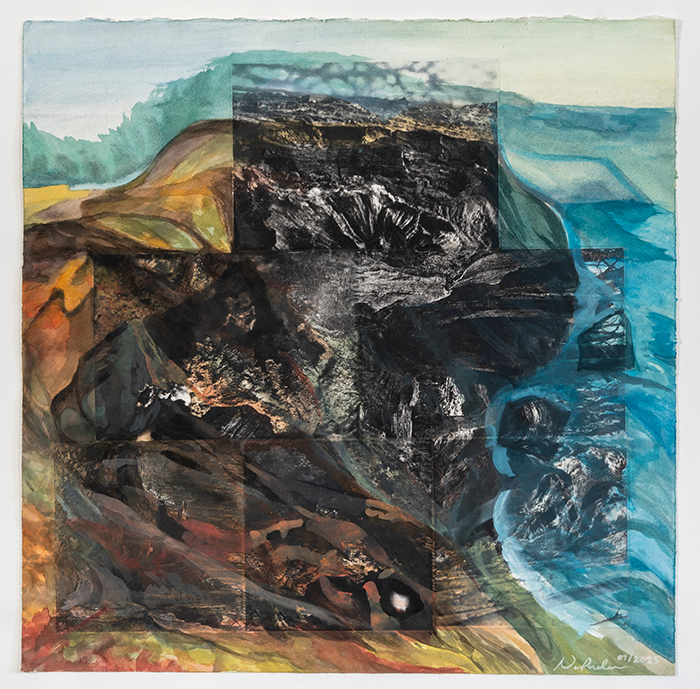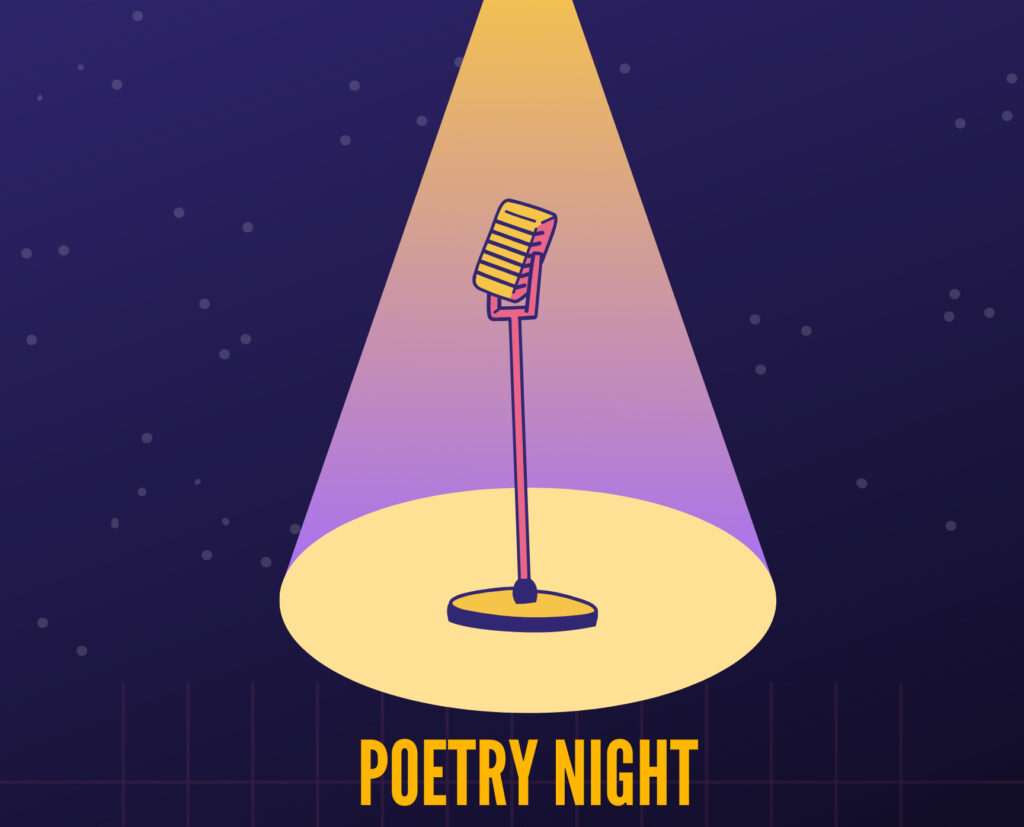
- This event has passed.
SEED BOMB: Artist Talk 1 with reflections on the 80th Anniversary of the atomic bombings of Hiroshima and Nagasaki
This exhibition showcases artists who explore the themes of war and peace, offering an opportunity to reflect on the common future we all desire, beyond our differences, through their art.
Artist Talk Group 1: Wednesday, August 6, 6–8 pm (RSVP). Discussion starts at 6:30 pm.
- Noreen Dean Dresser
- Eiko Nishida
- Tomo Mori
- Nancy Paredes
Exhibition Dates: Friday, August 1 – Sunday, August 31
Regular Gallery Hours: Fridays, 5:30 to 7:30 pm, Saturdays & Sundays 12:00 – 5:00 pm
“SEED BOMB” Exhibition
80th Anniversary of the USA-JAPAN Atomic Bombings. Sowing seeds for the future, to regenerate our polluted Earth.
SEED BOMB is a transformative project that sows seeds for a peaceful future by learning, expressing, and communicating the history of wars. It takes place in New York City, where the Manhattan Project began developing the atomic bomb. To commemorate the 80th anniversary of the atomic bombings, exhibitions and events related to war and peace are being held near Manhattan Project historic sites. The SEED BOMB project provides opportunities to reflect together on the future we desire.
The title SEED BOMB was inspired by Felix Delacruz, a student who created an artwork about the end of World War II, after participating in “Under This Sky: Manhattan Project,” a history of the atomic bomb. He later named the seed bombs he made in his organic farming classes “Little Boy” and “Fat Man,” code names for the atomic bombs dropped on Hiroshima and Nagasaki. The greenery that sprouts on the atomic bomb site’s barren land (where no grass or trees were expected to grow for 70 years), brings hope for reconstruction.
Masanobu Fukuoka (February 2, 1913 – August 16, 2008), a Japanese farmer and philosopher, introduced his ideas about seed bombs into natural farming. Those ideas spread worldwide and contributed to the greening of deserts. Fukuoka’s “Seed Bombs” were made from clay soil, various seeds, medicinal herbs (to deter birds and insects), and water. When these bombs are sown, the seeds grow naturally in the right environment and at the appropriate time. The coexistence of multiple species helps each one thrive naturally, without chemical fertilizers.
The government of the United States of America, a nation of indigenous peoples and immigrants, has been involved in many wars in countries that are the homelands of its own citizens. These wars are devastating the environment and creating refugees who suffer the effects of endless battles. The Manhattan Project was a creative collaboration by the military-industrial-academic complex that brought together the “wisdom” of the world.
Indigenous people have deep respect for nature and all life. The ancient teachings of the indigenous Diné (Navajo) people passed down the importance of preserving nature as it is, including the “yellow dirt” (uranium) that is a raw material for nuclear bombs and power plants. By not following Diné’s lessons, our environment continues to deteriorate through the spread of invisible radioactive contamination.
80 years have passed since the birth of the atomic bomb, and tensions between nations are increasing. Instead of developing weapons that exterminate nature, including people, it’s crucial that each of us use the collective wisdom of humanity to achieve peace and harmony with nature. Our SEED BOMB project creates interactive spaces for people to come together through art, listen to each other, overcome differences, connect through our common goals, and plant seeds for the future we strive for.
SEED BOMB exhibition is supported by:
Programs at the Children’s Art Carnival is made possible with funding from the Harlem Community Development Corporation, the New York State Council on the Arts, West Harlem Development Corporation, Lower Manhattan Cultural Council, Ruth Foundation for the Arts, and through contributions from West Harlem community members.



